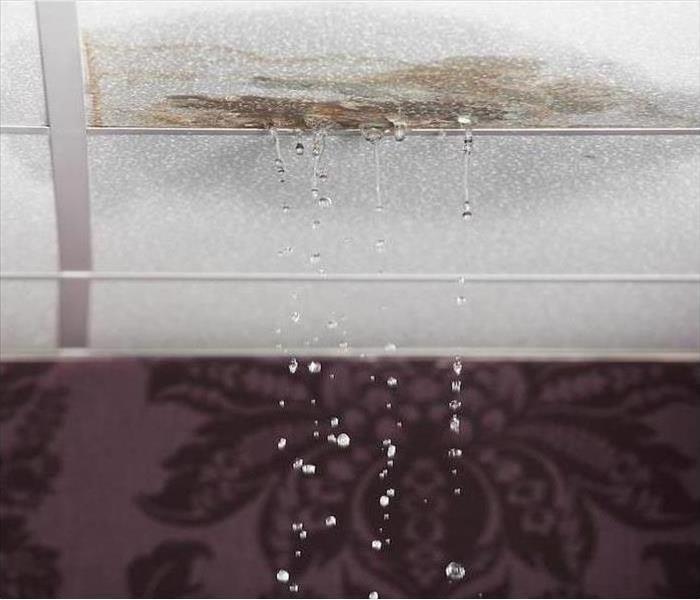It’s Hurricane Season – Take Steps to Prevent Water Damage
9/7/2021 (Permalink)
Hurricane rainfall presents opportunity for water damage to your property. Leaks and floods can cause damage to your property and require that you temporarily move out of your building while it’s restored. This presents a challenge as you want to get back to business as usual as soon as possible! Furthermore, severe leaks can lead to floods which can increase your risk of exposure to mold, chemical injuries and more.
Fortunately, these inconveniences are preventable! Whether your water emergency occurs in an office building or big box store, it is imperative that you take measures to prevent leaks and damage to your property. Keep a look out for the following:
Damaged Windows
Water can seep through windows that aren’t properly sealed. This can cause mold build-up and damage to walls. Because caulk, the material that’s often used to seal windows, breaks down over time, be sure to have your windows resealed regularly.
Broken Pipes
Changes in pressure throughout the year and cold weather can cause pipes to break and burst. Although there are some tell-tell signs of this issue, such as water stains on walls or floors or an unpleasant and musty smell, detecting leaky pipes is challenging. With that said, it’s best to consult a professional to help determine whether your property has broken pipes.
HVAC Problems
Hurricane season often coincides with colder temperatures so we crank up the heat! However, ducts in the HVAC system can get worn out and damaged over time, especially during seasons like this, and cause leaks. For that reason, the system needs to be cleaned regularly and any water in it needs to be removed. Like broken pipes, it’s sometimes difficult to determine whether your HVAC system is causing a leak, so it’s best to consult a professional.
One of the best ways to get ahead is to create an Emergency Ready Profile . This is an immediate plan of action for how to restore your building after a disaster and get back to business. Additionally, we have 360 degree technology to document preloss conditions, including your equipment and where it was before disaster struck.






 24/7 Emergency Service
24/7 Emergency Service
